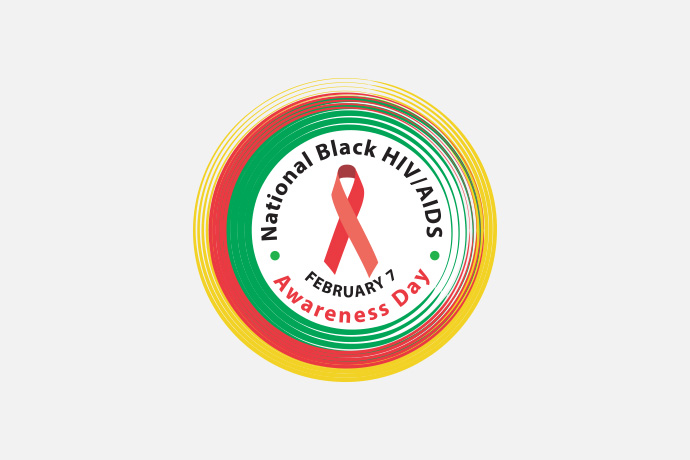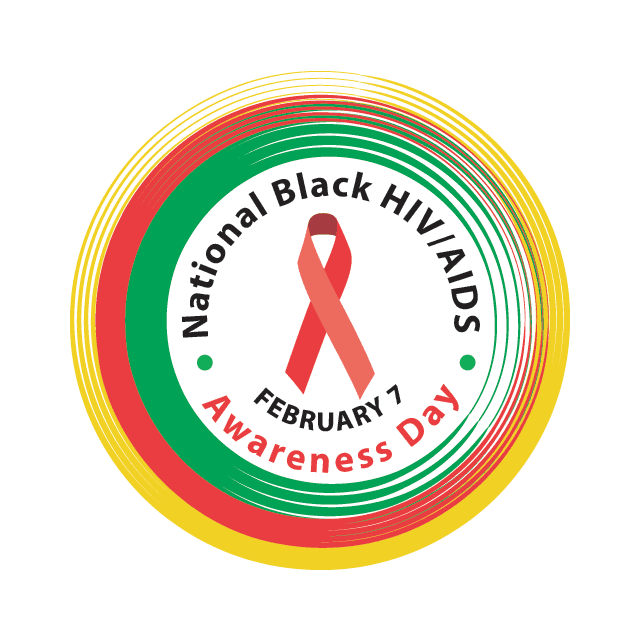
February 7
February 7 is National Black HIV/AIDS Awareness Day (NBHAAD), which was first observed in 1999. This observance is a day to acknowledge how HIV disproportionately affects Black people.
Black communities have made great progress in reducing HIV. Yet racism, discrimination, and mistrust in the healthcare system may affect whether Black people seek or receive HIV prevention services. These issues may also reduce the likelihood of engaging in HIV treatment and care. NBHAAD is an opportunity to increase HIV education, testing, community involvement, and treatment among Black communities.
For more resources, you can check out our NBHAAD resource blog here. You can also share and use use CDC’s NBHAAD digital toolkit for social media posts in English and Spanish.
NBHAAD Videos and Blogs
During a recent visit to the historic Frederick Douglass House in southeast Washington, DC, the Office of Infectious Disease and HIV/AIDS Policy (OIDP) Director, Kaye Hayes, MPA, shared her thoughts for this blog about NBHAAD, community engagement, and its importance in ending the HIV epidemic. You can read more in our blog post here.
Ms. Hayes was joined by Dr. Timothy Harrison, OIDP’s Principal Deputy Director, and LCDR Neelam “Nelly” Gazarian, PharmD, MS, AAHIVP, Policy Analyst, OIDP, and they shared information about scaling up access to HIV prevention tools, such as PrEP, NBHAAD, and challenges we face in 2024. You can read more in our blog post here.
National Black HIV/AIDS Awareness Day Resources
Check out our full page for resources such as the NBHAAD logo, fact sheets, and other materials from the community and across the U.S. Government. The CDC provides basic HIV facts about HIV prevention, diagnosis, and treatment and Let’s Stop HIV Together campaign resources for virtual or other events.
Other HIV resources include:
- HIV Services Locator– find nearby services and testing sites.
- HIV testing information – know what to expect with different types of testing.
- CDC’s Get Tested– search for free testing resources.
The CDC has a digital toolkit you can use to download more graphics like the ones below.
Use Federal Resources

Read this post about how Digital Health Interventions Increase Adherence to HIV PrEP.
CDC’s Let’s Stop HIV Together (Together) campaign is the national campaign of the Ending the HIV Epidemic in the U.S. (EHE) initiative and the National HIV/AIDS Strategy. Together is an evidence-based campaign created in English and Spanish that aims to empower communities, partners, and healthcare providers to reduce HIV stigma and promote HIV testing, prevention, and treatment.
Learn about the National HIV/AIDS Strategy.
Use AHEAD to learn how HIV disproportionately affects Black Americans.
Share This Graphic

Use the logo: PNG (165 KB)
Share the badge:
<a href="https://www.hiv.gov/events/awareness-days/black"><img alt="National Black HIV/AIDS Awareness Day (NBHAAD)" height="150" src="https://files.hiv.gov/s3fs-public/nbaad-logo.png" width="150" /></a>
Find HIV Testing and Other Services

According to the CDC, encouraging people to get tested and know their HIV status can help them stay healthy. Today, there are more free, easy, fast, and confidential HIV testing options available than ever before. Get free HIV self-testing kitsExit Disclaimer.
Use the HIV Testing Sites & Care Services Locator.
Visit https://gettested.cdc.gov/.
Learn about HIV

Read CDC’s Fast Facts: HIV in the US by Race and Ethnicity and about HIV and African American Gay and Bisexual Men.
Learn the HIV Basics. Know the facts, take care of yourself.
View the HIV.gov timeline which reflects the history of the domestic HIV and AIDS epidemic.
Use Social Media

Follow @HIVgovExit Disclaimer and use #NBHAAD.
Use this social media toolkit to promote awareness of NBHAAD. Access copy for posts, and get posters and videos, too!
